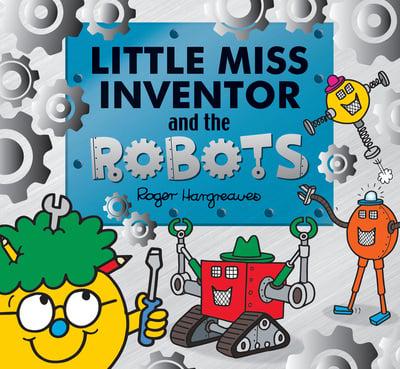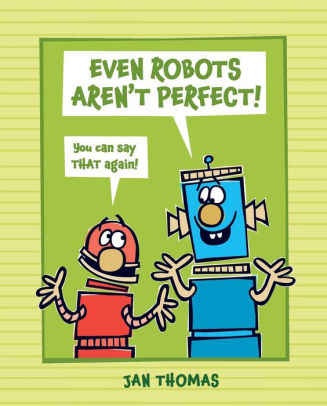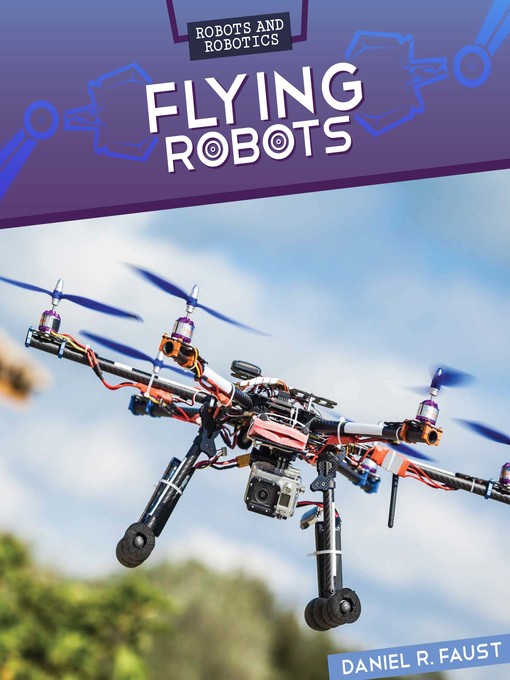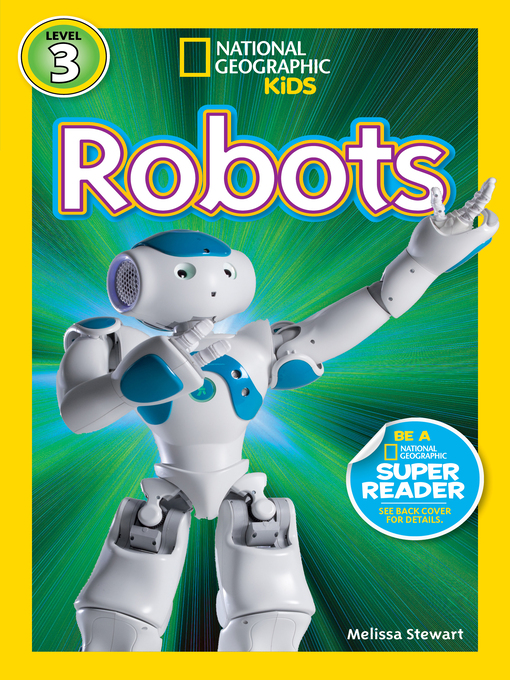Robots Everywhere!
Preschoolers
by LearnX Digital

Suitable for 4-6 Years Old

A robot is any machine that has movable parts and can make decisions. It collects information from its surroundings. It then processes the information and finds the best way to do its task. However, a robot is not able to think the way a person does. It can only do things that engineers or roboticists have programmed into its computer "brain".
Roll A Robot!

Materials needed
-
Activity sheet (gameboard & robot parts) provided below
-
Dice
-
Scissors
-
Glue
Download activity sheet here: https://go.gov.sg/robotgameboard

How to play
Have fun building a robot together! Follow the steps below:
-
Cut out the robot parts with your child prior to the game
-
Take turns with your child to roll the die. Using the key provided, find the number that you rolled and place the corresponding robot piece on the gameboard. For example, if the die lands on “1”, place the robot legs.
-
A player can continue to roll the die until it lands on a duplicate robot part, which would then be the next player’s turn.
-
Continue taking turns until the robot is built. The first person to complete the robot, wins.
Source: Conner, K. (2014, February 13). Build a Robot Game. Inspiration Made Simple. Retrieved June 16, 2022, from https://www.inspirationmadesimple.com/build-a-robot-preschool-game/
Parent’s Pro-tip
-
This printable robot game is great for pre-schoolers and gives an opportunity for them to practise recognising numbers from 1 to 6 as well as learn the concepts of matching and problem solving etc.
-
Share with your child that robots come in all shapes and sizes. Let them know that there are many simple robots that can be found around us and help us with our everyday tasks.
Robots can include automatic car washes, vending machines, flying drones, remote control cars, vacuum bots, security bots, robotic arms used in factories.
Teddy Bear Rescue

Materials needed
-
One soft toy like a teddy bear (or any toy animal such as a rubber ducky)
-
A piece of cloth for the blindfold (optional)
How to play
This game needs two players – the “robot” and the “programmer”. The robot will close their eyes or be blindfolded, and the programmer has to guide the robot to find the teddy bear. You can play this game in your house or outdoors. Ensure that the blindfolded robot is safe and their path is free from any obstructions. You can take turns with your child to be a “programmer” and the “robot”.
Step 1: Robot must keep their eyes closed (or blindfolded) and stand at the designated spot.
Step 2: Programmer hides the teddy bear.
Step 3: Programmer gives the robot directions to reach the teddy bear.
Step 4: Once the programmer has successfully led the robot to the teddy bear, switch roles and repeat the steps. Each player should get a chance to be the robot and the programmer.
Here are some suggested directions:
-
Move forward x steps
-
Turn left
-
Turn right
-
Pick up or grab
-
Repeat x times
-
Move forwards x large steps
-
Move forward x small steps
Parents’ Pro Tip:
-
Share with your child that robots or computers need an explicit sequence of instructions also known as algorithms to complete a task. There will be bugs (errors) and the robot will not be able to complete the task if the instruction or code which is given by the programmer is not clear enough.
Source: J.L. (2021, March 15). Unplugged Coding Activities for Kids. Discover Coding. Retrieved June 16, 2022, from https://www.discovercoding.ca/unplugged-coding-activities-for-kids/
Let's Watch!
Fun Facts About Robots! | Nat Geo Kids Robots Playlist| (1.38 min)
Did you know that humans have been building robots for centuries? Discover more fun facts about robots through this informative and fun video suitable for preschoolers.
Let's Read!
Including links to book recommendations in the catalogue

Author: Adam Hargreaves
Publisher: London: Farshore, 2021.
Link:

Author: Jan Thomas
Publisher: New York: Beach Lane Books, 2022
Author: Daniel R. Fraust
Publisher:New York: PowerKids Press, 2018.
Author: Melissa Stewart
Publisher:Los Angeles: National Geographic Kids, 2020.

